When it comes to LED video walls, size does matter. Many factors go into deciding what the "ideal" LED video wall might be for your organization. But don't worry, and we're here to help!
Below are some critical technical considerations to keep in mind when designing your LED video wall. By understanding these, you can ensure that the video wall you choose meets your needs and exceeds your expectations.
Overview of LED Video Wall Technology
An LED video wall displays numerous small screens that are put together to create one extensive collection. They are often used for digital signage, advertising, and in places such as stadiums and arenas where a large viewing area is needed.
There are a few things to consider when designing an LED video wall. The first is the resolution of the screens. The higher the resolution, the sharper the image will be.
You also need to consider the viewing distance and the size of the video wall. The further away someone is from the video wall, the larger it must be seen clearly.
Benefits of Using an LED Video Wall
LED video walls have many benefits that make them the perfect choice for a wide range of installations. Some of the key benefits include:
• Picture quality: LED video walls produce stunning visuals with incredible color accuracy and detail. This makes them perfect for any high-definition application, from advertising and corporate events to retail settings and television studios.
• Flexibility: LED video walls are extraordinarily flexible and can be configured in any shape or size to meet the specific needs of your installation. They can also be divided into any number of panels, giving you complete control over the layout and design.
• Efficiency: LED video walls consume far less power than traditional video wall technologies, making them an environmentally friendly choice. They also run more relaxed, which means they can be installed in tighter spaces without fear of overheating.
Critical Considerations for Designing a Video Wall
When designing a video wall, there are a few key considerations to take into account:
-The size and shape of the video wall
-The resolution of the video wall
-The type of LED used in the video wall
-The pixel pitch of the video wall
-The brightness and contrast of the video wall
-How the video wall will be used
Understanding Pixels and Resolution of a Video Wall
When buying an LED video wall, it's essential to understand the display's resolution. Resolution is determined by the number of pixels used in the collection and generally comes in two forms – UHD and FHD (Full HD).
UHD resolution is four times the resolution of FHD. A 4K UHD LED video wall will have 3840 x 2160 pixels, while a Full HD LED video wall has 1920 x 1080 pixel resolution. The pixel density, or number of pixels per inch, is also essential when selecting a LED video wall for your project.
You want a high-resolution display with high pixel density to get a crisp, clear image with vivid colors. The closer together the pixels are on the screen, the sharper and higher quality your image will be and that that's what you should look for when selecting a LED video wall.
Selecting the Right Type of LEDs for Your Video Wall
When selecting the correct type of LEDs for your video wall, several considerations should be kept in mind.
LEDs come in two types: SMD (Surface Mounted Device) and DIP (Dual In-line Package). SMDs are tiny LEDs that are used to create a pixel. The smaller the size, the higher resolution of the image can be produced. The size ratio between SMD and DIP LEDs is usually around 4:3, meaning that an SMD that is 4mm wide will create a video wall with a resolution of 3mm.
SMDs are the ideal choice for most applications as they provide higher resolutions and have longer lifespans than their DIP counterparts. On the downside, they are typically more expensive than DIP LEDs. So when making your selection, be sure to weigh up both cost and quality depending on your specific requirements.
Mounting and Installing Your LED Video Wall
Once you've selected the LED video wall that best meets your design and performance needs, it's time to think about mounting and installing it. First, you'll need to ensure that the mounting surface is level and secure. If you're suspending the LED video wall from a ceiling or overhead structure, verifying its weight-bearing capacity is essential.
Then, when installing, you should also consider spacing between tiles if there are any gaps in your installation. This is because gaps between tiles can distract a video wall and impact image quality. A professional installer or manufacturer can help you determine the best spacing for your particular installation.
Finally, one of the most critical considerations for mounting an LED video wall is ensuring that the structure can support all other components, such as cabling and power supplies so done, don't forget to check! With these technical considerations taken into account, you'll be well on your way to designing the ultimate LED video wall for your space.
Understanding Brightness and Color Calibration
LED video wall brightness and color calibration are critical factors in creating the ideal video wall solution. Brightness is usually expressed in units, where one unit equals one candela per square meter. Simply put, a nits rating measures how bright white appears on a screen. The higher the nits, the brighter the display and the more visible it is from farther away.
The second aspect to consider is color calibration. When creating a video wall, you'll want to ensure that all of the hues are represented accurately and that there's no tinting or fading. This requires an expert eye and advanced software tools to get perfect results. You can use standard tools like colorimeters or spectroradiometers to measure the color accuracy of each panel and make any necessary adjustments.
Conclusion
LED video walls can be used in various ways and for multiple events. When selecting an LED video wall, it is essential to consider its resolution, size, and shape.
It is also essential to consider the technical specifications of the LED video wall. The refresh rate, viewing angle, and brightness of the LED video wall should all be considered when selecting a video wall.

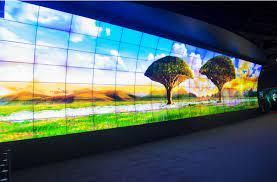

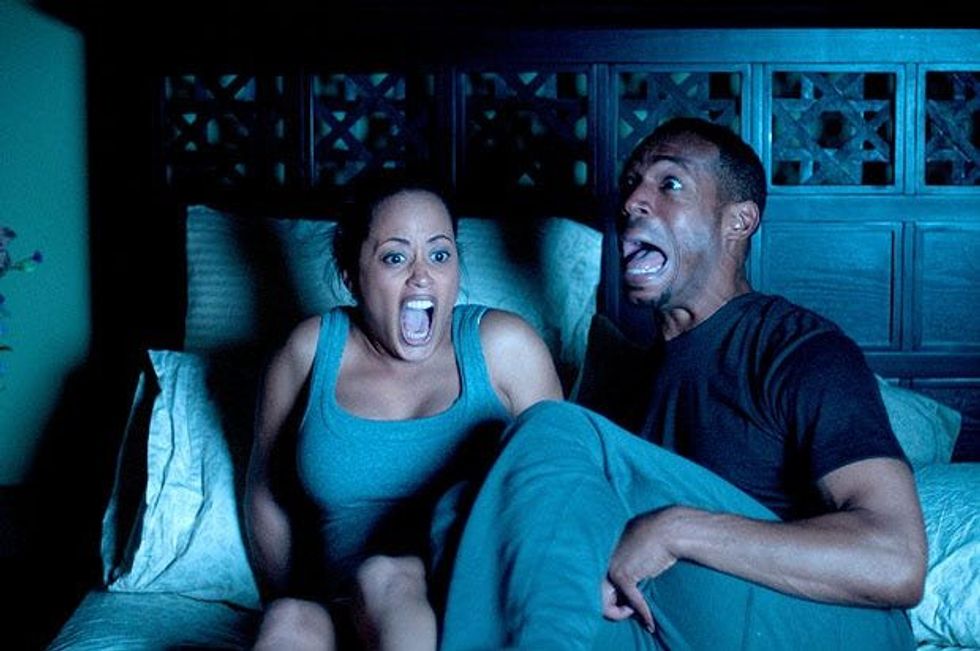
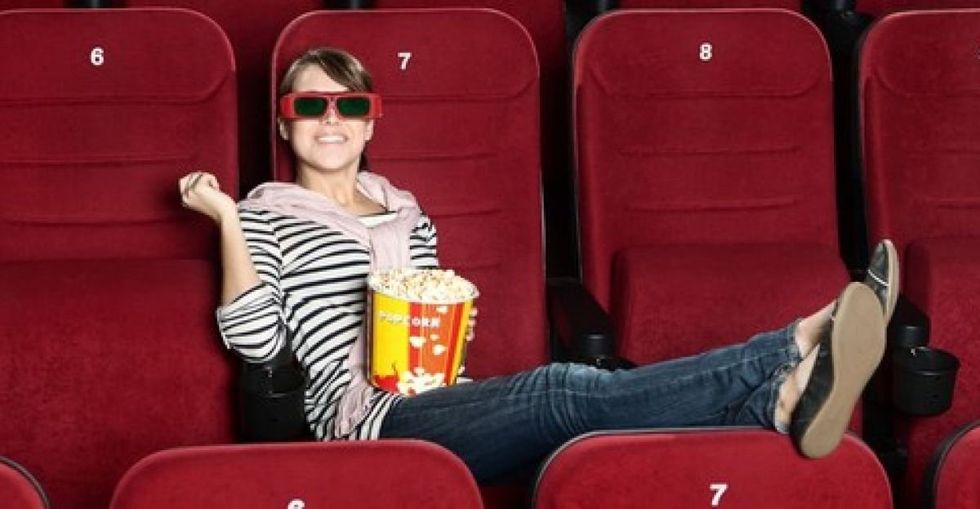 Going to the cinema alone is good for your mental health, says science
Going to the cinema alone is good for your mental health, says science


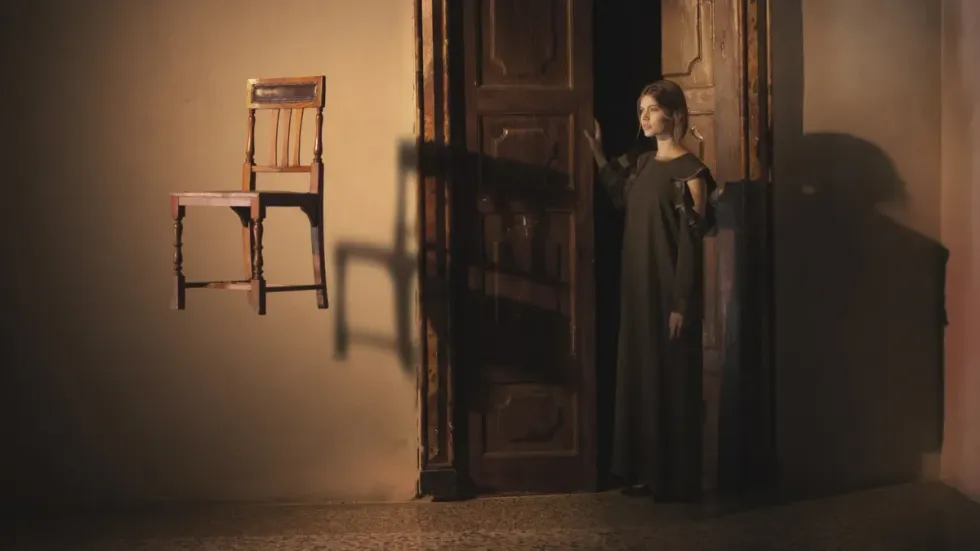






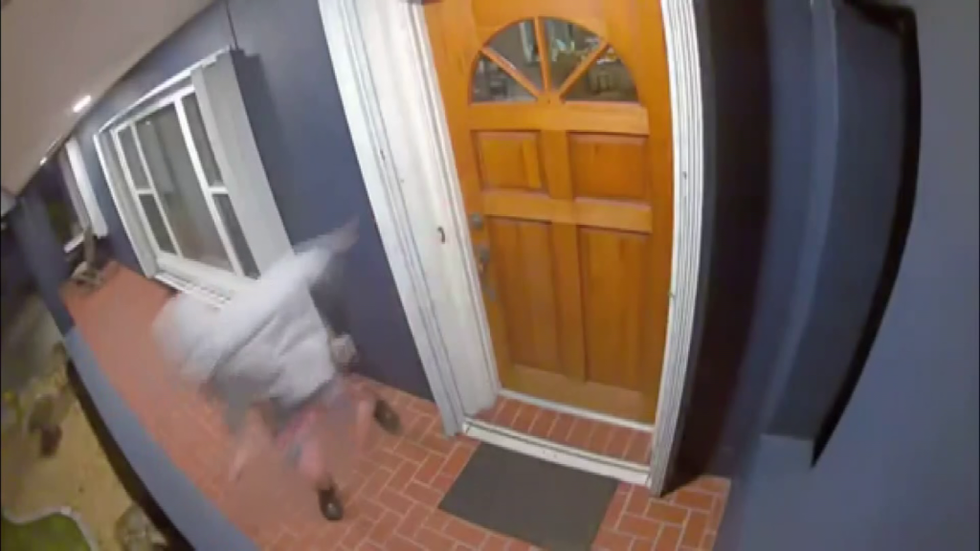
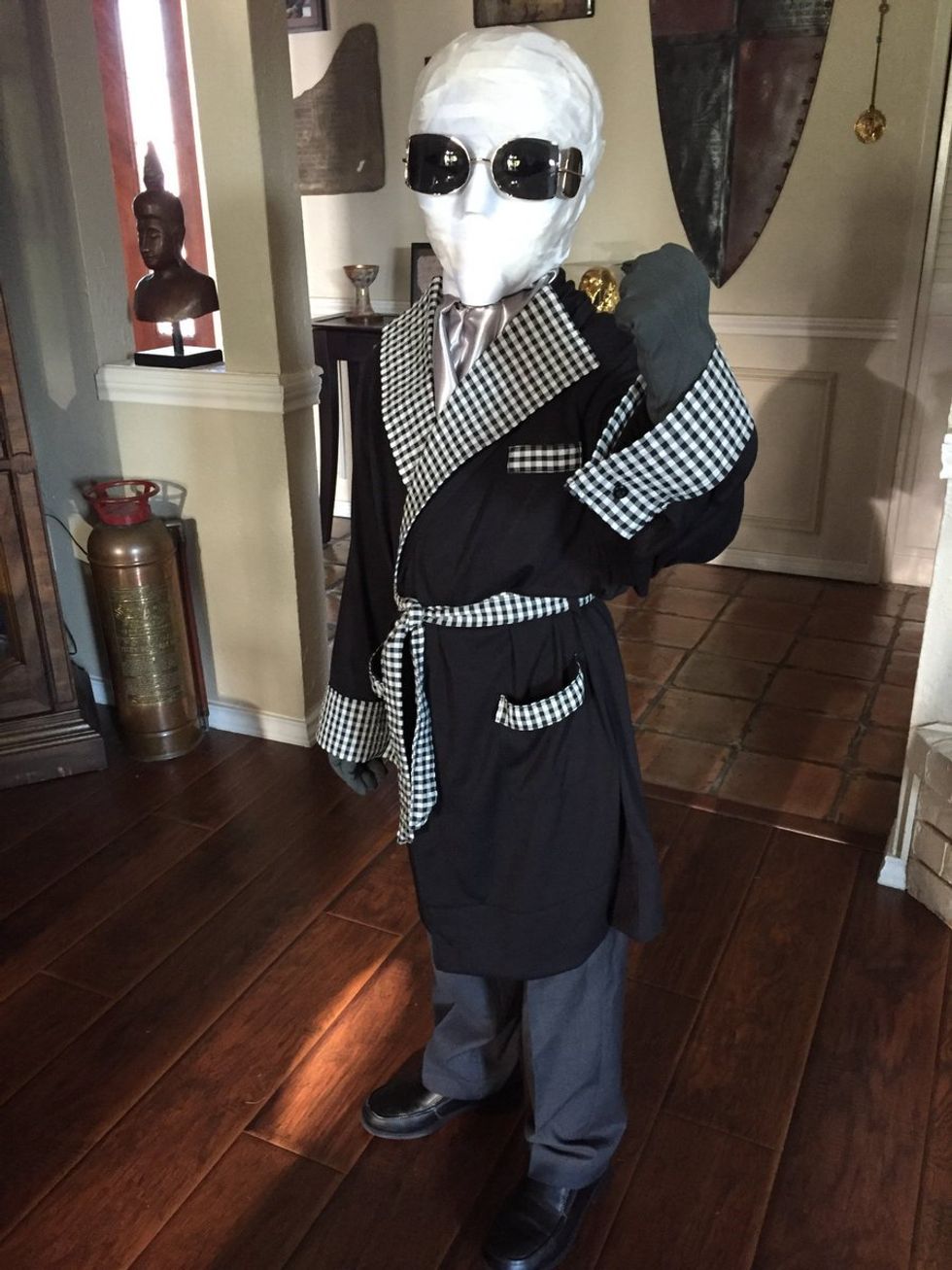

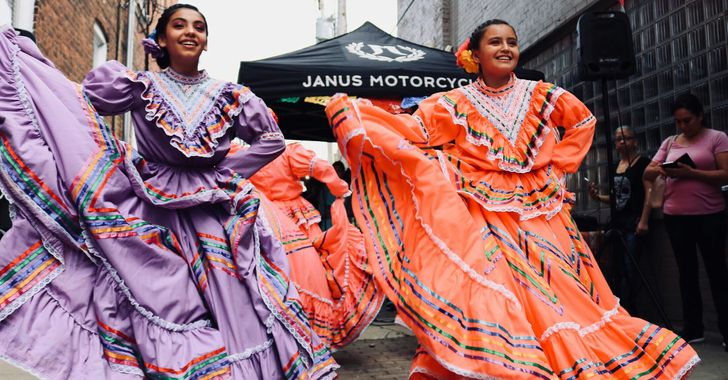 women in street dancing
Photo by
women in street dancing
Photo by  man and woman standing in front of louver door
Photo by
man and woman standing in front of louver door
Photo by  man in black t-shirt holding coca cola bottle
Photo by
man in black t-shirt holding coca cola bottle
Photo by 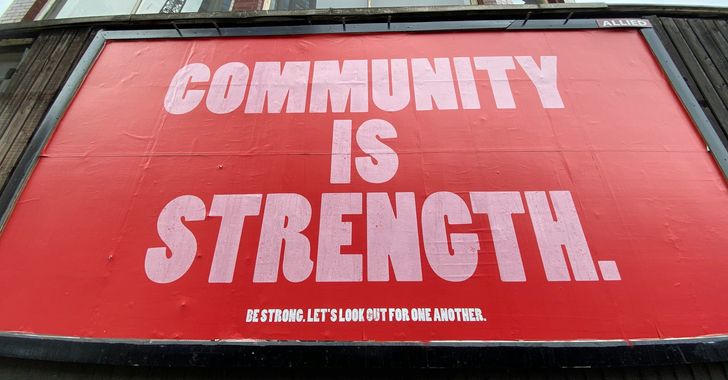 red and white coca cola signage
Photo by
red and white coca cola signage
Photo by  man holding luggage photo
Photo by
man holding luggage photo
Photo by  topless boy in blue denim jeans riding red bicycle during daytime
Photo by
topless boy in blue denim jeans riding red bicycle during daytime
Photo by  trust spelled with wooden letter blocks on a table
Photo by
trust spelled with wooden letter blocks on a table
Photo by 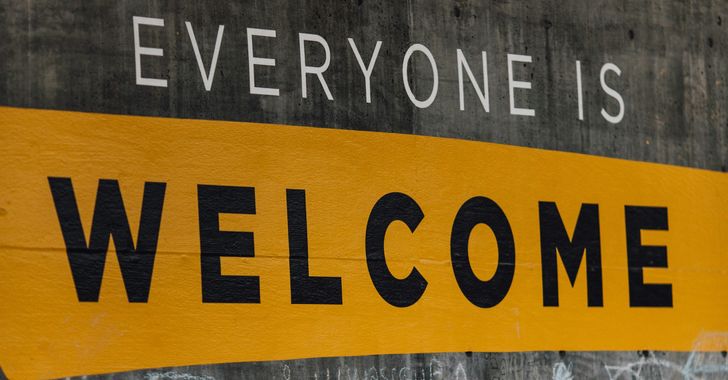 Everyone is Welcome signage
Photo by
Everyone is Welcome signage
Photo by  man with cap and background with red and pink wall l
Photo by
man with cap and background with red and pink wall l
Photo by  difficult roads lead to beautiful destinations desk decor
Photo by
difficult roads lead to beautiful destinations desk decor
Photo by  photography of woman pointing her finger near an man
Photo by
photography of woman pointing her finger near an man
Photo by  closeup photography of woman smiling
Photo by
closeup photography of woman smiling
Photo by 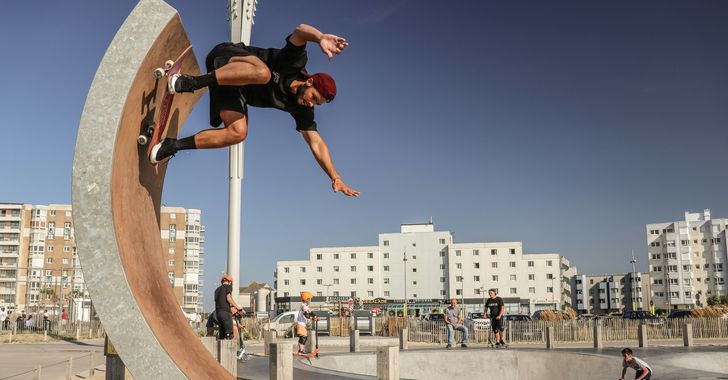 a man doing a trick on a skateboard
Photo by
a man doing a trick on a skateboard
Photo by  two men
two men  running man on bridge
Photo by
running man on bridge
Photo by 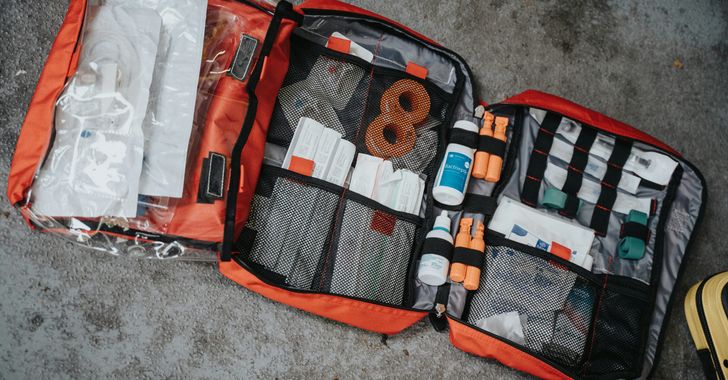 orange white and black bag
Photo by
orange white and black bag
Photo by  girl sitting on gray rocks
Photo by
girl sitting on gray rocks
Photo by 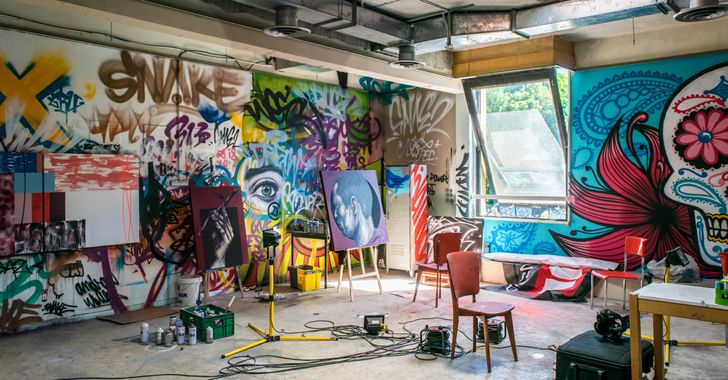 assorted-color painted wall with painting materials
Photo by
assorted-color painted wall with painting materials
Photo by  three women sitting on brown wooden bench
Photo by
three women sitting on brown wooden bench
Photo by 
 Photo by
Photo by 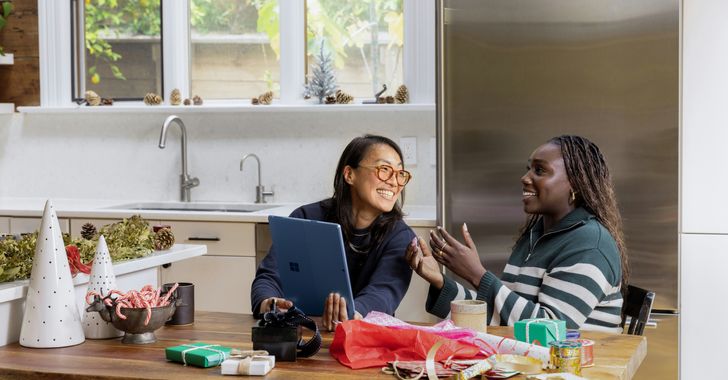 Photo by
Photo by  Photo by
Photo by  Photo by
Photo by 


 people sitting on chair in front of computer
people sitting on chair in front of computer
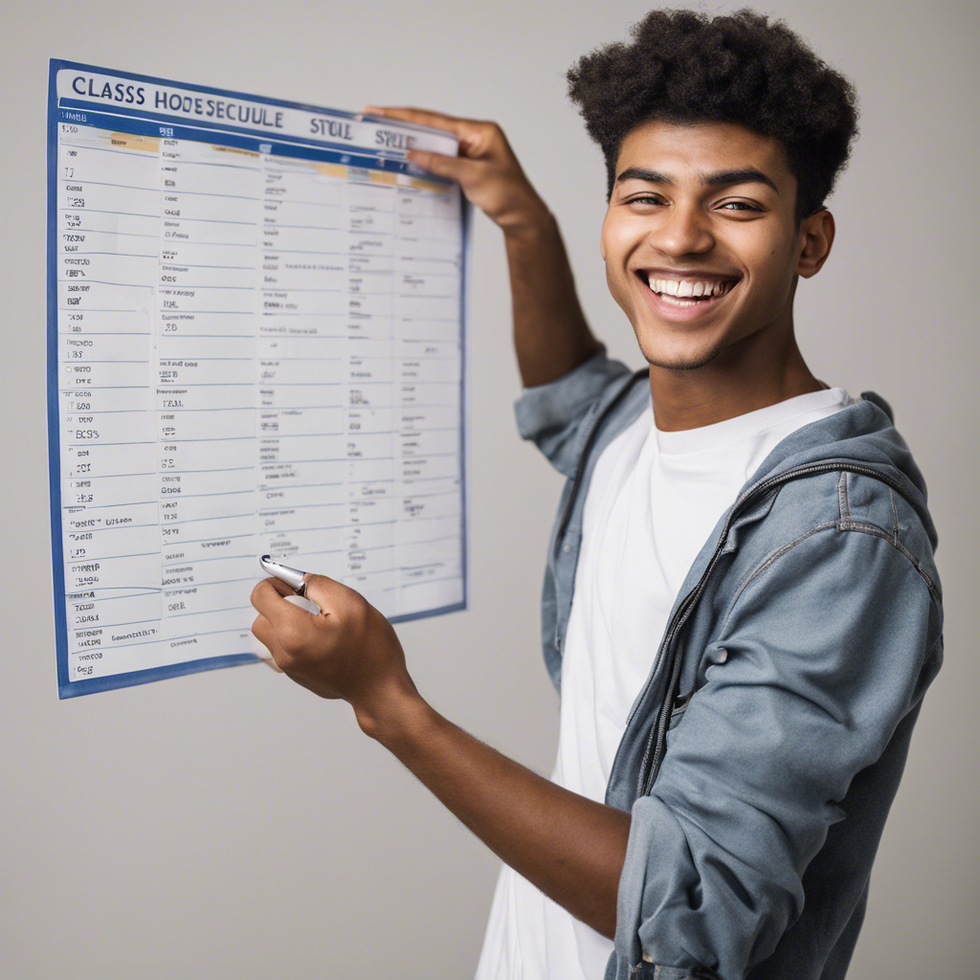
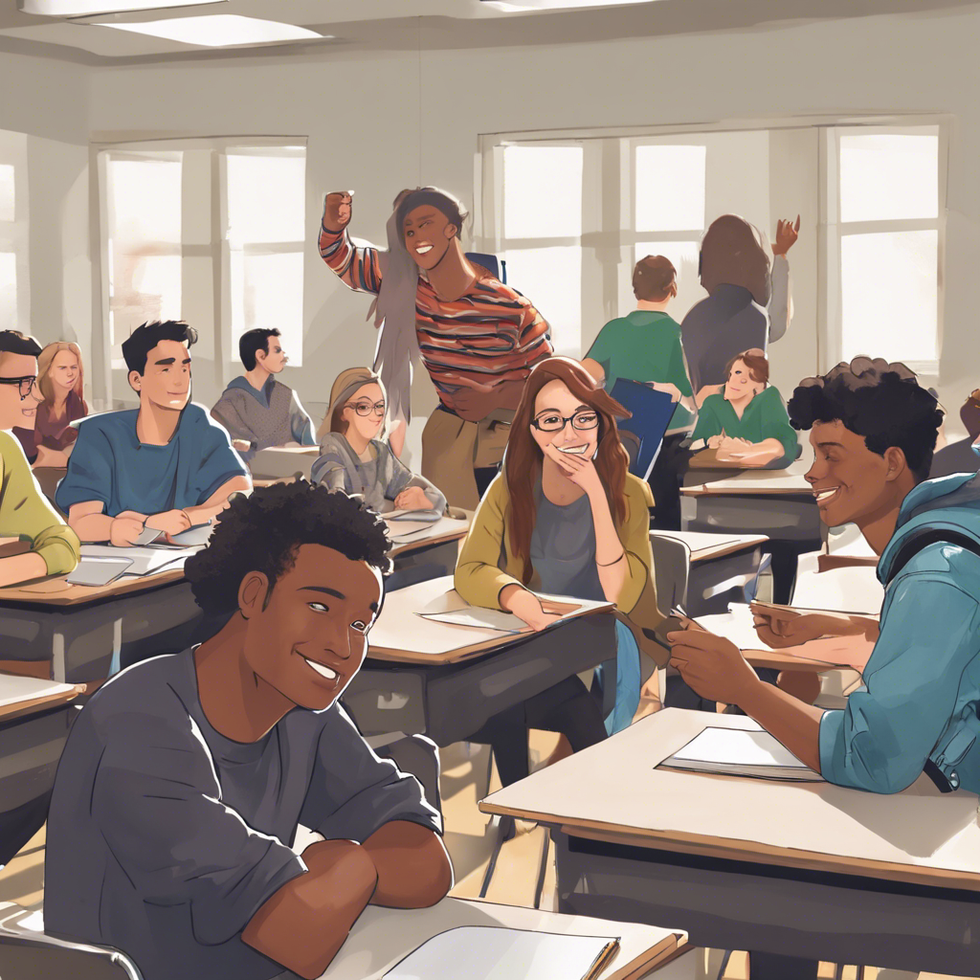

 all stars lol GIF by Lifetime
all stars lol GIF by Lifetime two women talking while looking at laptop computerPhoto by
two women talking while looking at laptop computerPhoto by  shallow focus photography of two boys doing wacky facesPhoto by
shallow focus photography of two boys doing wacky facesPhoto by  happy birthday balloons with happy birthday textPhoto by
happy birthday balloons with happy birthday textPhoto by 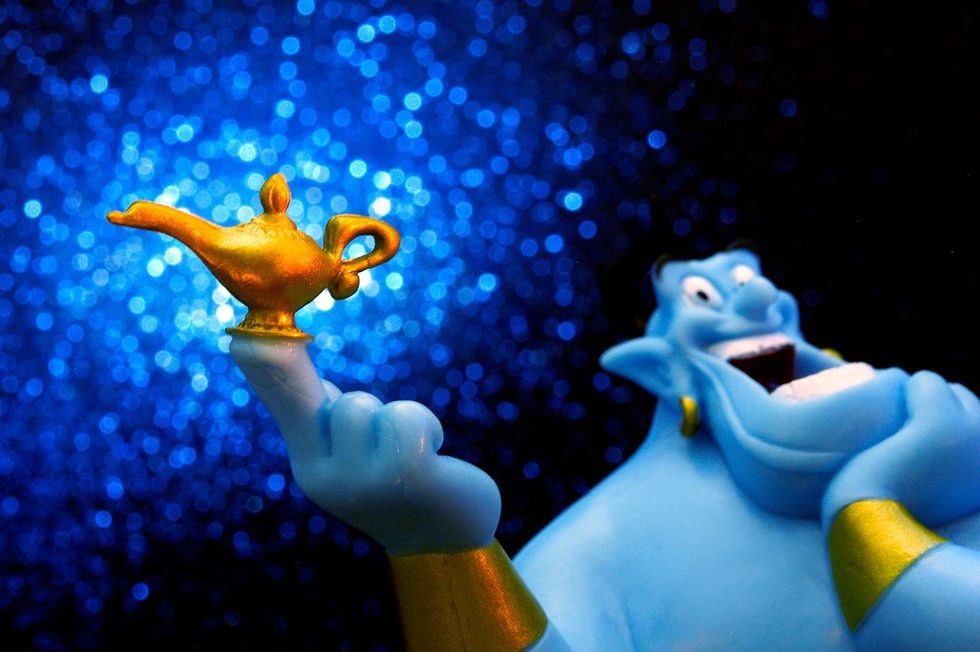 itty-bitty living space." | The Genie shows Aladdin how… | Flickr
itty-bitty living space." | The Genie shows Aladdin how… | Flickr shallow focus photography of dog and catPhoto by
shallow focus photography of dog and catPhoto by  yellow Volkswagen van on roadPhoto by
yellow Volkswagen van on roadPhoto by  orange i have a crush on you neon light signagePhoto by
orange i have a crush on you neon light signagePhoto by 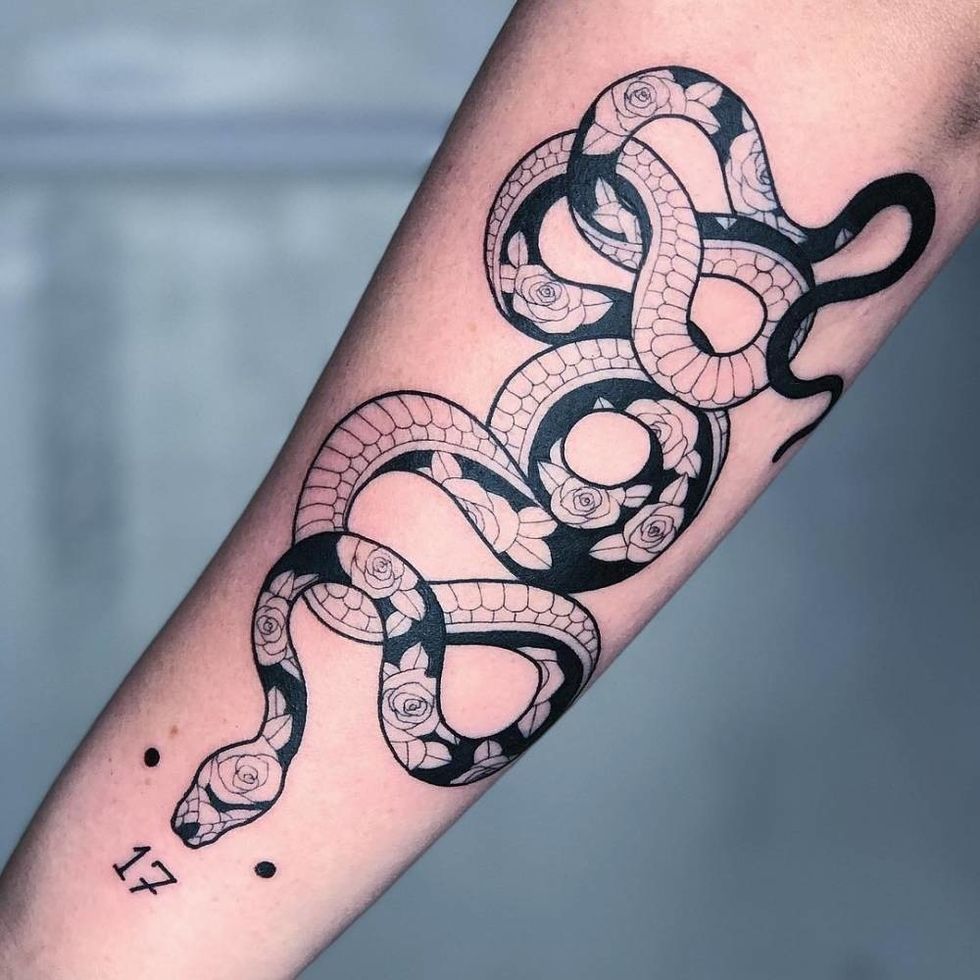 5 Tattoos Artist That Will Make You Want A Tattoo
5 Tattoos Artist That Will Make You Want A Tattoo woman biting pencil while sitting on chair in front of computer during daytimePhoto by
woman biting pencil while sitting on chair in front of computer during daytimePhoto by 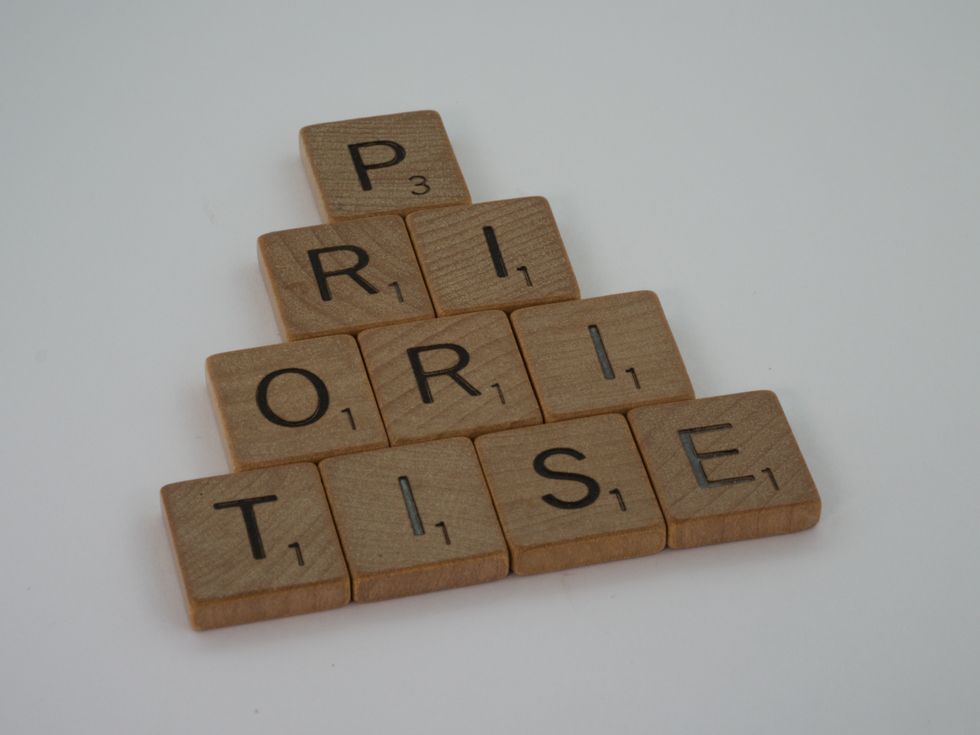 a scrabbled wooden block spelling the word prizePhoto by
a scrabbled wooden block spelling the word prizePhoto by 








